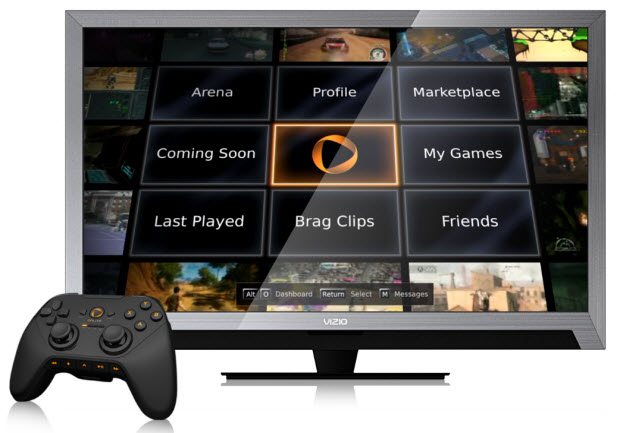Television apps gamify with OnLive

One of the more notable game developments from CES 2011 was the deal struck between cloud-based gaming service OnLive and budget TV maker Vizio (which we’ve previously mentioned here). The OnLive service is going to appear in future Vizio TVs as an app, literally building games into the set, no console required, and it’s potentially one of the most intriguing gamification plays of 2011.
The merger between televisions and video games is a natural one -- we’ve been doing it in one form or another since the original Atari 2600 (or even the Magnavox Odyssey and other proto-consoles before that). While game consoles have remained separate pieces of hardware over the past 35 years, the TVs themselves have of late been adding new functionality in the form of apps.
Current sets can stream Amazon and Netflix movies, surf Facebook and Twitter, and even check the weather. Arguably more useful than the television industry’s last big push, 3D, these are still largely passive activities. To truly make the television the interactive hub of the connected living room (a goal cable companies and game console makers have chased with their own hardware for years), adding a functional game mechanic could go a long way. It’s especially important, as the Facebook apps built into some TVs (and the Xbox 360) can’t play Facebook games such as FrontierVille.
If you haven’t heard of it, OnLive streams mid to high-end PC games to Web browsers (and soon to TVs), much like Netflix streams movies. The actual hardware-intensive task of rendering the game takes place remotely in a server farm, while the player essentially inputs commands and then receives a compressed video of the resulting gameplay, streamed in real time (or close enough to real time to satisfy all but the most hardcore gamers). As unlikely as it sounds, the system actually largely works.
The deal (which may expand to other TV makers in the near future) is important from our perspective because it reinforces a basic axiom of gamification: if you want to make any kind of consumer electronics hardware stickier, add some kind of gaming component. Note, for example, how popular the Scrabble app is on Amazon’s Kindle. And, speaking to OnLive’s CEO Steve Perlman in Las Vegas recently, it’s clear that the OnLive platform can be added to nearly any Web-enabled device, from iPads to phones to tablets.
